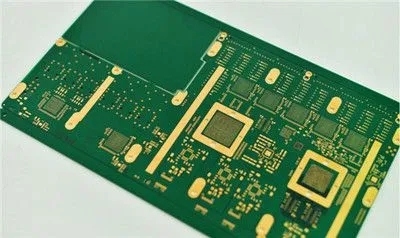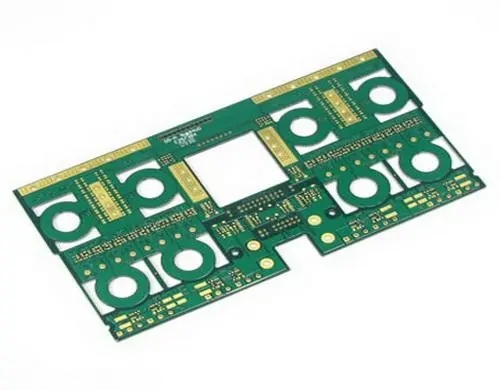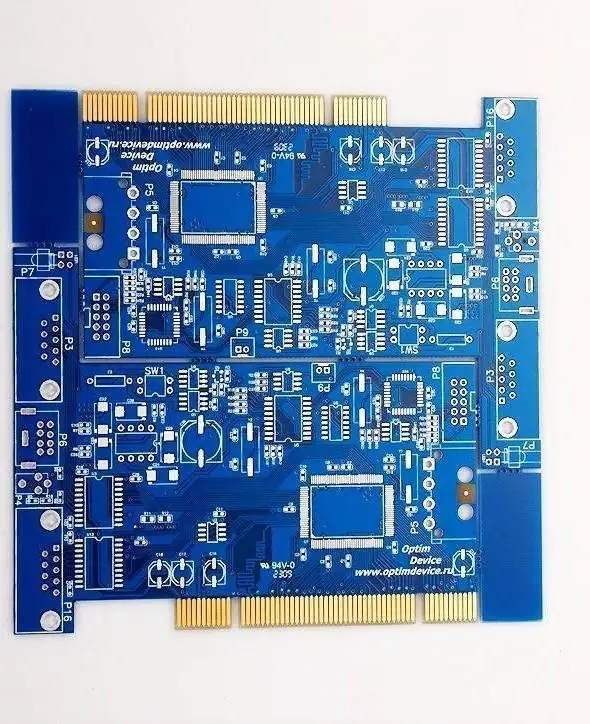
Detailed explanation of PCB storage conditions and test methods
PCB manufacturers, PCB designers and PCBA manufacturers will explain PCB storage conditions and test methods.
IPC has a definition of the storage condition test method, and how the finished product should be stored will vary with the manufacturing and manufacturer's conditions. Basically, as long as the test conditions are not worse than his, it should be safe. In addition to IPC specifications, JDEC reliability test also has some reliability test standards, which are also related to storage conditions. As for the JDEC test, there is a simulation test of long-term storage to simulate the impact of storage conditions on the product. This part can also be used as a reference.

The impact of changes in storage conditions and products will vary with packaging methods, product categories, storage environments, etc. It is difficult to have an absolute standard, so it is impossible to answer how long you can keep it, but you can make a rough judgment based on JDEC reference materials. In recent years, CPCA has proposed relevant storage reference standards, but because the storage background conditions are not clear enough, they can only be used as a reference.
If you really can't use all the circuit boards at once, just pack them in clean plastic bags and put them in a cool and dry environment. Generally, most of them can be stored for a long time as long as they are not affected with damp. Of course, if the original packaging can be used again, the risk of problems in the next assembly can be greatly reduced.
Unless the final metal surface treatment of the circuit board you are using is in a way with poor weather resistance, baking will not be a problem in most cases. As for baking conditions, if the humidity of the circuit board is too high, there is indeed a risk of board bursting. Therefore, it can be considered to bake at 110 ° C for about 40 minutes to reduce the humidity before reassembly, which should significantly reduce the probability of board bursting. However, you should note that if the surface treatment of the circuit board used is organic solder mask, baking may cause soldering problems of the circuit board during SMT processing.
PCB manufacturers, PCB designers and PCBA manufacturers will explain PCB storage conditions and test methods.









